Understanding Vapor Tight Light Fixture Technology
What is a Vapor Tight Light Fixture?
A Vapor Tight Light Fixture is specially designed to prevent moisture, dust, and other contaminants from entering the fixture. These lighting solutions are typically used in environments where exposure to harsh elements is common, ensuring a safe and effective illumination source. The construction of these fixtures typically includes robust materials, such as polycarbonate or acrylic lenses, sealed gaskets, and durable housings that resist corrosion. This makes them ideal for applications in industrial, commercial, and outdoor settings.
Key Features of Vapor Tight Light Fixture
- Waterproof and Dustproof: The primary feature of vapor tight fixtures is their ability to resist moisture and prevent any ingress of dust, debris, or other contaminants, ensuring reliable performance.
- Durable Construction: Constructed from materials designed to withstand extreme conditions, these fixtures can handle impacts and varying temperatures.
- Energy Efficiency: Many vapor tight fixtures use LED technology, which provides significant energy savings compared to traditional lighting sources.
- Easy Maintenance: Designed for easy access, these fixtures allow for quick bulb replacements and cleaning, minimizing downtime and maintenance costs.
- Versatile Mounting Options: They can be mounted in various orientations, including ceiling, wall, or suspension, making them versatile for many applications.
Common Applications for Vapor Tight Light Fixture
Vapor tight light fixtures are widely used across multiple sectors, including:
- Commercial Facilities: Such as supermarkets and retail stores, where lighting must be maintained despite varying conditions.
- Industrial Environments: Factories, warehouses, and manufacturing floors where exposure to moisture and dust is frequent.
- Outdoor Spaces: Parking garages and outdoor facilities require robust lighting solutions capable of withstanding weather changes.
- Food Preparation Areas: Kitchens and food processing plants benefit from moisture-resistant fixtures that meet health standards.
Benefits of Using Vapor Tight Light Fixture
Energy Efficiency of Vapor Tight Light Fixture
One of the most considerable advantages of using a vapor tight light fixture is energy efficiency. These fixtures often utilize LED technology, enabling them to consume significantly less energy compared to traditional fluorescent or incandescent lights. With improved lumens per watt ratios, they provide brighter light while using less electricity, leading to reduced energy bills. Additionally, the longevity of LED lights translates to decreased frequency of replacements, further lowering overall operational costs.
Durability and Longevity of Vapor Tight Light Fixture
Thanks to their robust construction, vapor tight light fixtures exhibit exceptional durability. The materials used to manufacture these fixtures are designed to withstand not only moisture and dust but also corrosion and physical impacts. This results in a longer lifespan, meaning fewer replacements over time. Furthermore, many fixtures feature high-quality LEDs that can last up to 50,000 hours or more, making them a wise investment for any facility.
Safety Standards for Vapor Tight Light Fixture
Safety is paramount when selecting any lighting solution. Vapor tight light fixtures adhere to strict safety standards to ensure they can operate effectively in challenging environments. This may include certifications for water and dust resistance, impact ratings, and compliance with electrical standards. Choosing fixtures that meet or exceed these safety standards is essential, especially in commercial and industrial settings where hazards may be present.
Installing Your Vapor Tight Light Fixture
Preparation Steps for Installation of Vapor Tight Light Fixture
Before installing a vapor tight light fixture, there are several preparation steps to follow:
- Assess the Environment: Understand the conditions of the installation area, including moisture levels and potential sources of impact.
- Gather Tools: Common tools may include a screwdriver, wire stripper, conduit, and possibly a drill depending on the mounting style.
- Review Installation Instructions: Always consult the manufacturer’s guidelines to ensure proper installation and compliance with warranty requirements.
- Power Off Supply: Ensure that the electrical supply to the installation area is turned off before proceeding.
Step-by-Step Guide to Install Vapor Tight Light Fixture
Follow these steps to install your vapor tight light fixture:
- Secure the fixture to the chosen mounting surface using appropriate fasteners based on the surface material.
- Make electrical connections, ensuring that the wires are correctly color-coded (black to black, white to white, and ground to ground).
- Seal any openings to avoid moisture or dust entry, as specified by the manufacturer.
- Once connected, carefully attach the lens and ensure it is secured tightly to avoid any moisture ingress.
- Restore power and test the fixture to confirm it is functioning properly.
Common Installation Mistakes to Avoid with Vapor Tight Light Fixture
When installing a vapor tight light fixture, avoid these common pitfalls:
- Insufficient Sealing: Failing to properly seal the fixture can lead to moisture and dust ingress, undermining its effectiveness.
- Incorrect Wiring: Inaccurate connections can result in failure of the fixture and may pose safety hazards.
- Neglecting Manufacturer Instructions: Skipping steps or ignoring guidelines can void warranties or lead to subpar performance.
- Improper Fixture Positioning: Ensure the fixture is placed where it will provide optimal light coverage without obstructions.
Comparing Vapor Tight Light Fixture Options
Different Types of Vapor Tight Light Fixture Available
When considering vapor tight light fixtures, various types are available based on specific needs:
- LED Vapor Tight Fixtures: These are energy-efficient options that provide longevity and lower operational costs.
- Fluorescent Vapor Tight Fixtures: Though less common than LED, they can still be effective and typically cost less upfront.
- Specialty Fixtures: These include motion-sensor integrated lights or fixtures with additional features like emergency backup operations.
Performance Metrics for Vapor Tight Light Fixture
When evaluating the performance of vapor tight light fixtures, consider these metrics:
- Lumen Output: Indicates the brightness of the fixture; higher numbers mean brighter light.
- Luminous Efficacy: The ratio of lumens produced per watt; higher values represent better energy efficiency.
- IP Rating: The Ingress Protection rating which shows the degree of protection against dust and moisture.
- Color Temperature: Measured in Kelvin, this indicates the light’s warmth; options typically range from warm white (2700K) to daylight (5000K and higher).
Choosing the Right Vapor Tight Light Fixture for Your Needs
Selecting the appropriate vapor tight light fixture ultimately depends on the application. Consider factors such as:
- Location: Determine if the fixture will be used indoors or outdoors, as outdoor fixtures require more robust weatherproofing.
- Power Supply: Ensure compatibility with existing electrical systems and assess voltage requirements.
- Light Quality: Think about operational needs – whether bright, artificial light is needed or a softer ambiance suits better.
- Budget Constraints: While LED options may require a higher initial investment, consider the long-term savings on energy bills and maintenance.
Maintaining Your Vapor Tight Light Fixture for Longevity
Routine Maintenance Practices for Vapor Tight Light Fixture
To ensure the longevity and reliable performance of vapor tight light fixtures:
- Regular Cleaning: Periodically clean the lenses and surfaces to remove dust and debris that could obstruct light output.
- Inspect for Damage: Check for signs of wear, such as frayed wires, cracked housings, or compromised seals.
- Check Functional Efficiency: Regularly test the light output and functionality to catch issues early.
Troubleshooting Common Issues with Vapor Tight Light Fixture
If problems arise with your vapor tight light fixtures, consider the following troubleshooting steps:
- Light Won’t Turn On: Ensure power is restored and connections are secure; replace bulbs as needed.
- Flickering Lights: This may indicate poor connections; inspect the wiring and connections for tightness.
- Moisture Inside Fixture: Check seals and gaskets; they may need replacing if compromised.
When to Replace Your Vapor Tight Light Fixture
It may be time to replace your vapor tight light fixture if:
- The fixture is physically damaged beyond repair.
- There’s a consistent failure of components despite maintenance efforts.
- Significant energy inefficiencies are noticed with increased electricity usage compared to previously.
- Light output has significantly decreased, impacting visibility and safety.
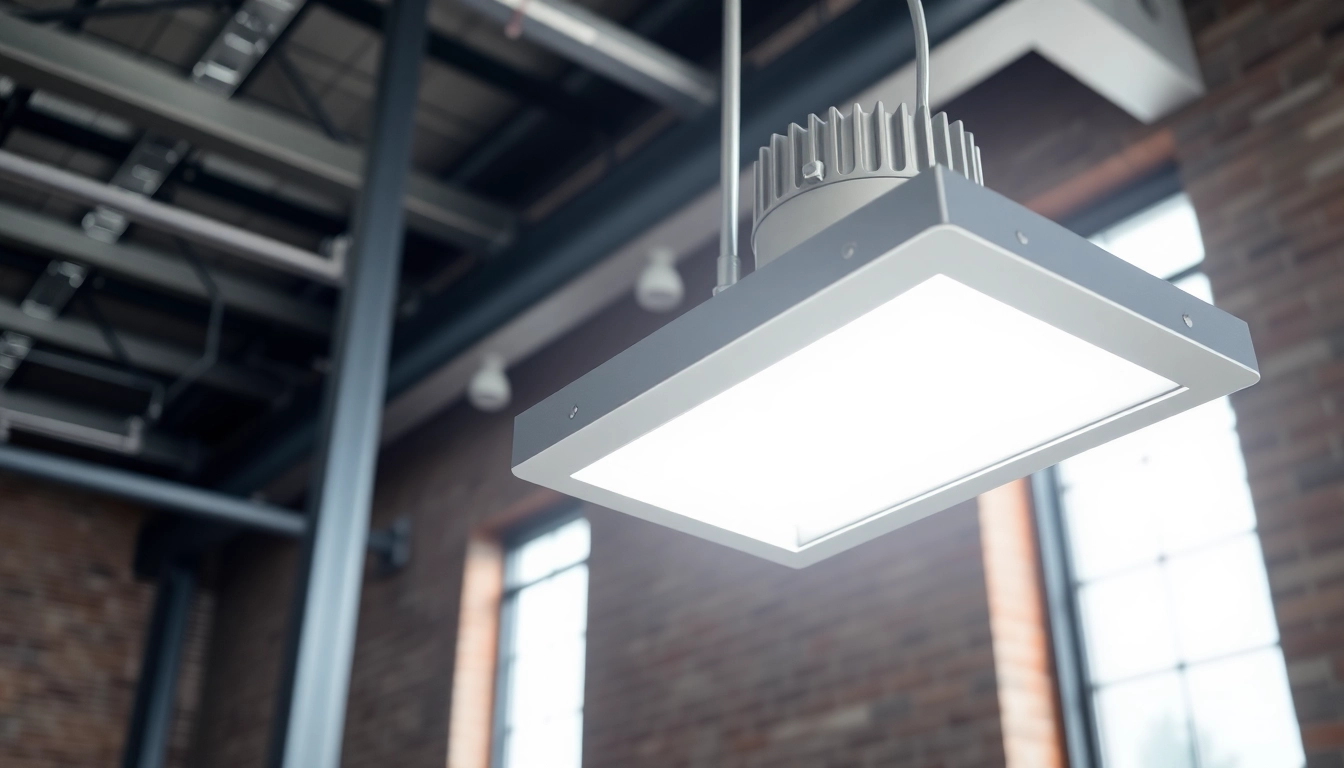


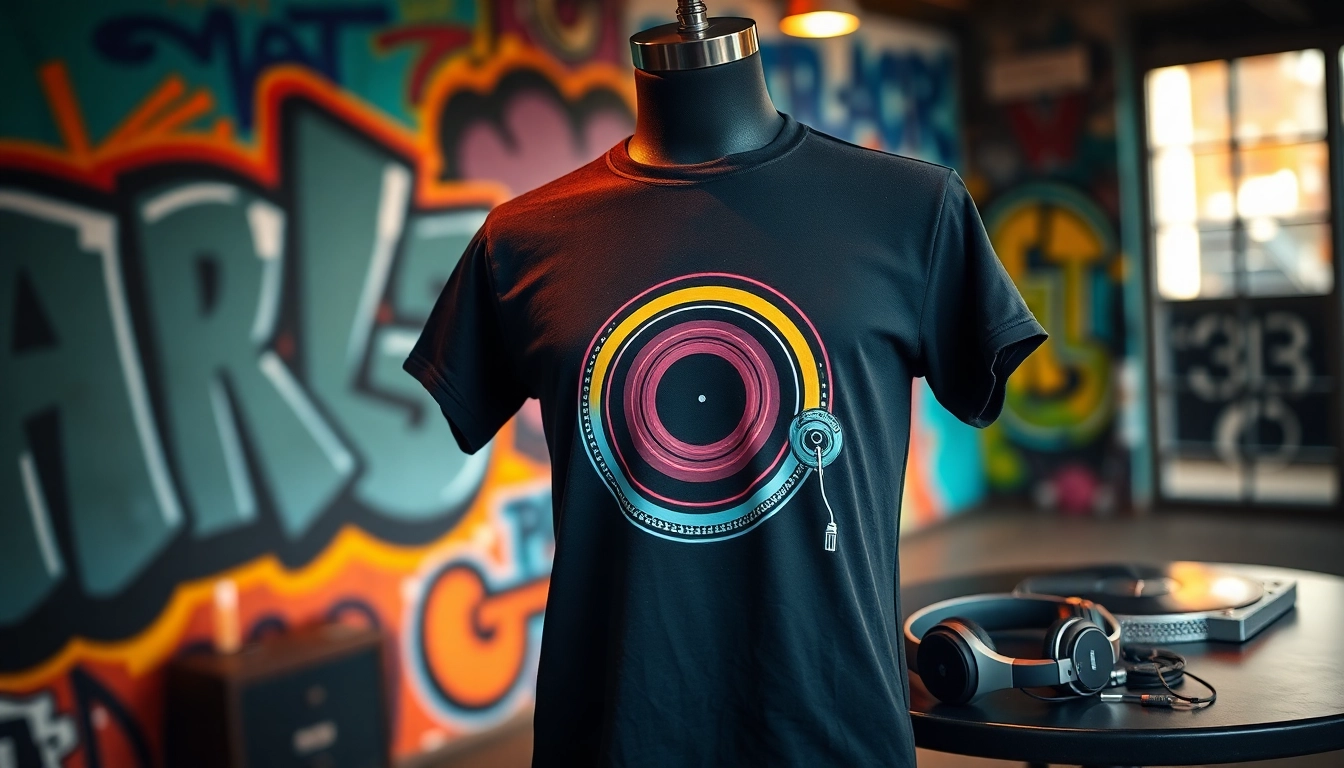

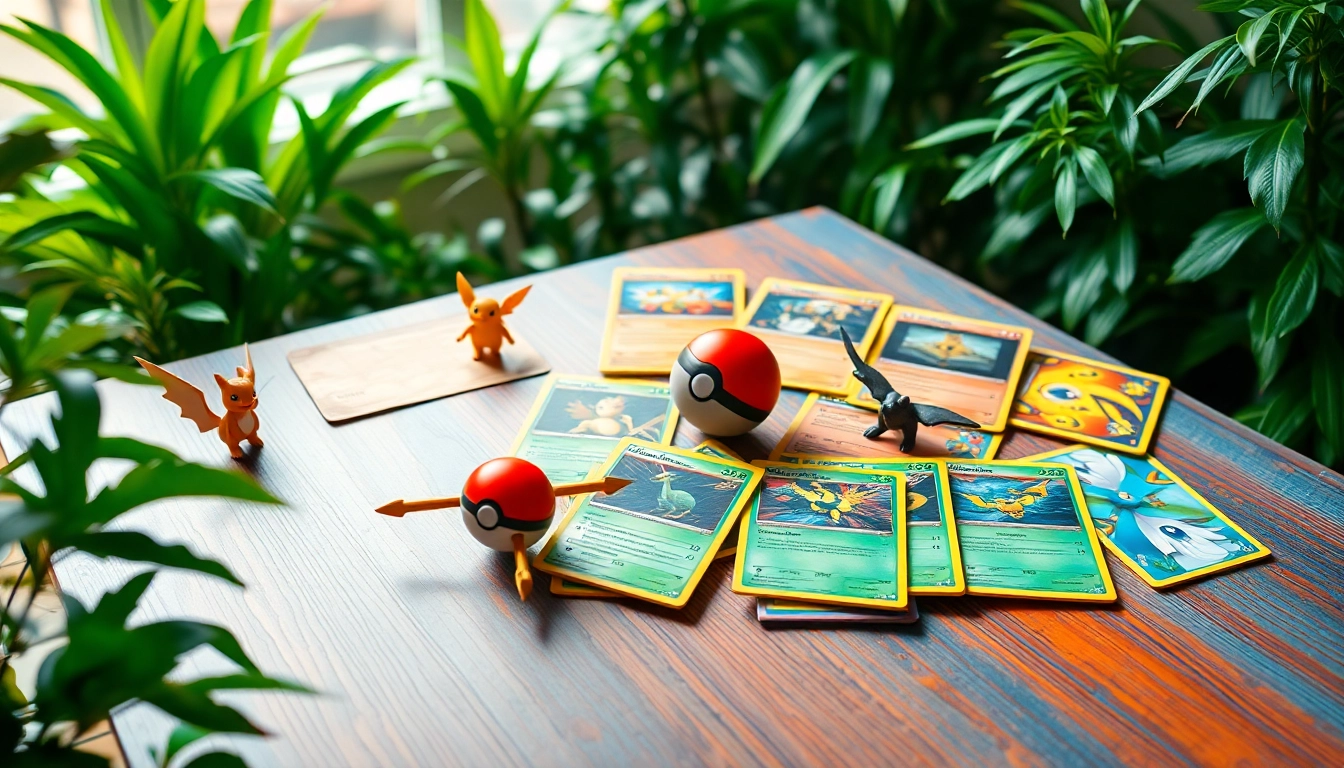
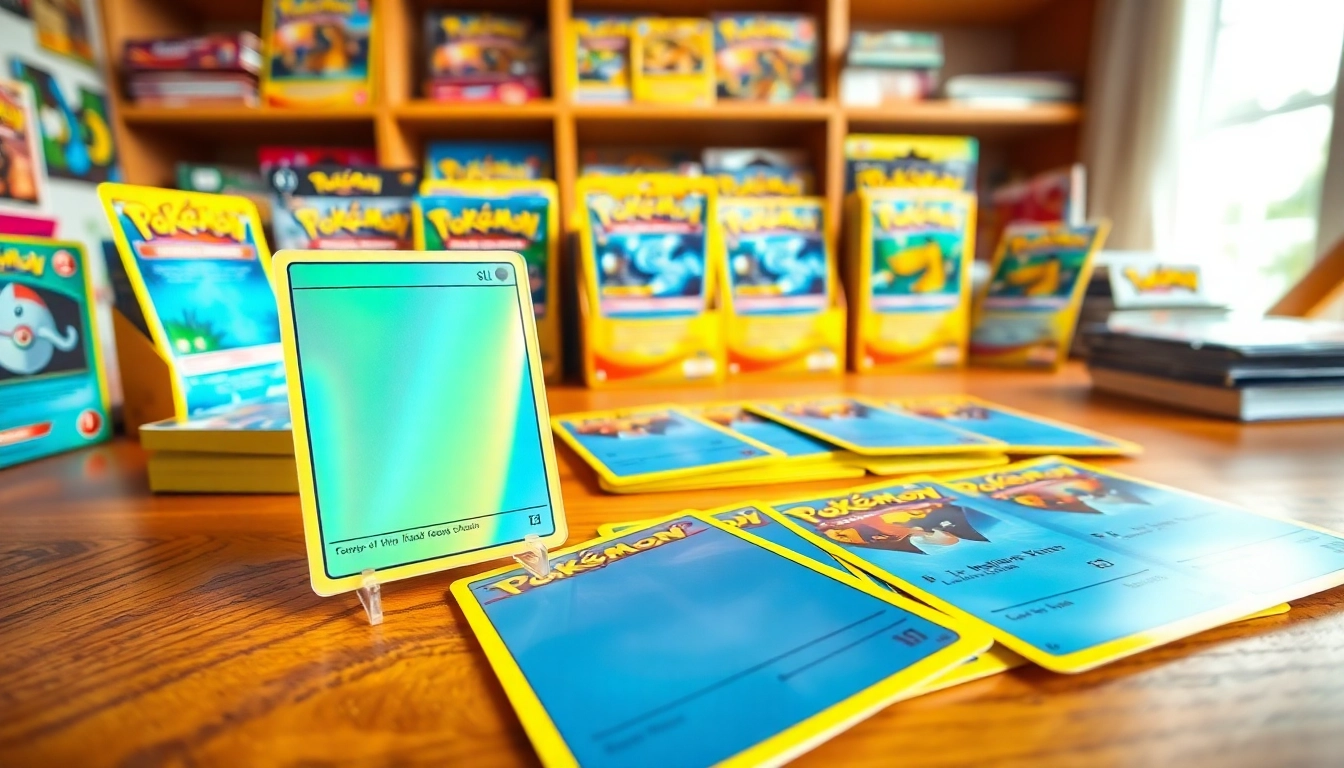

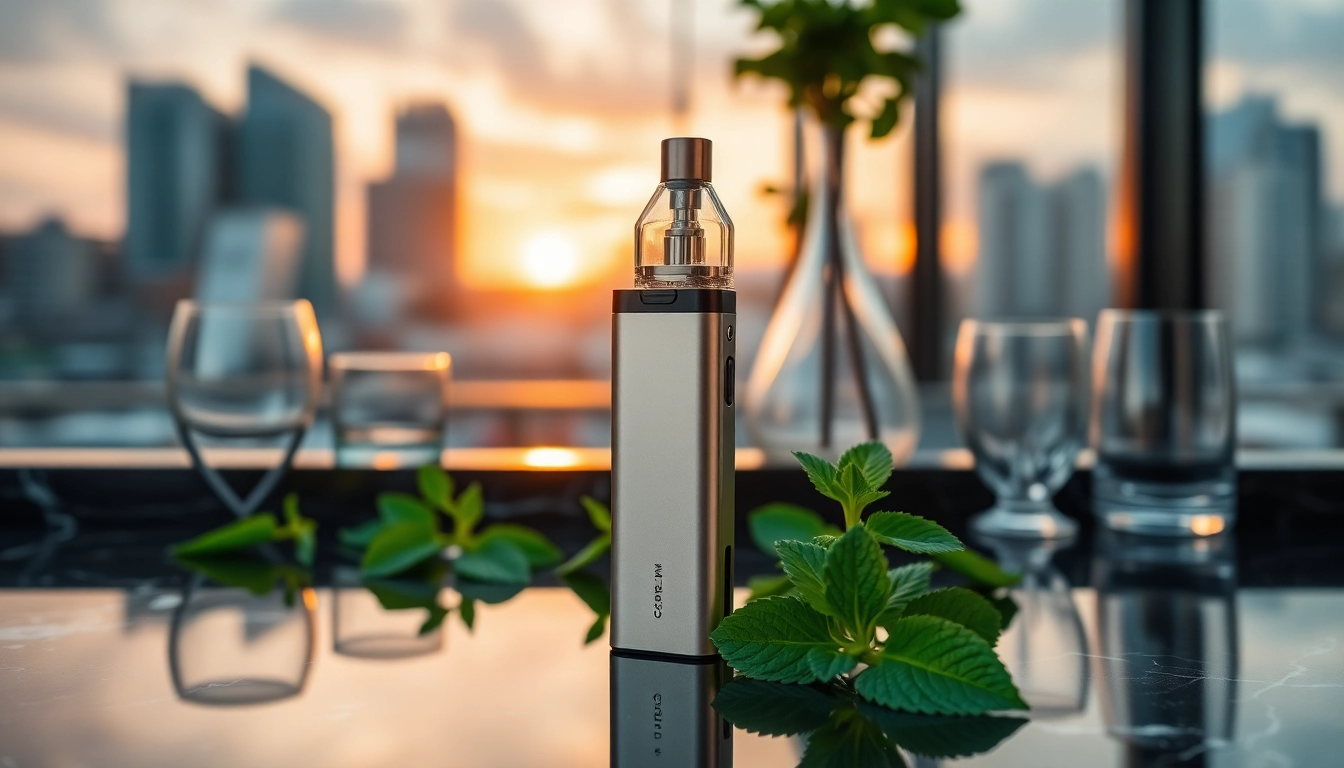
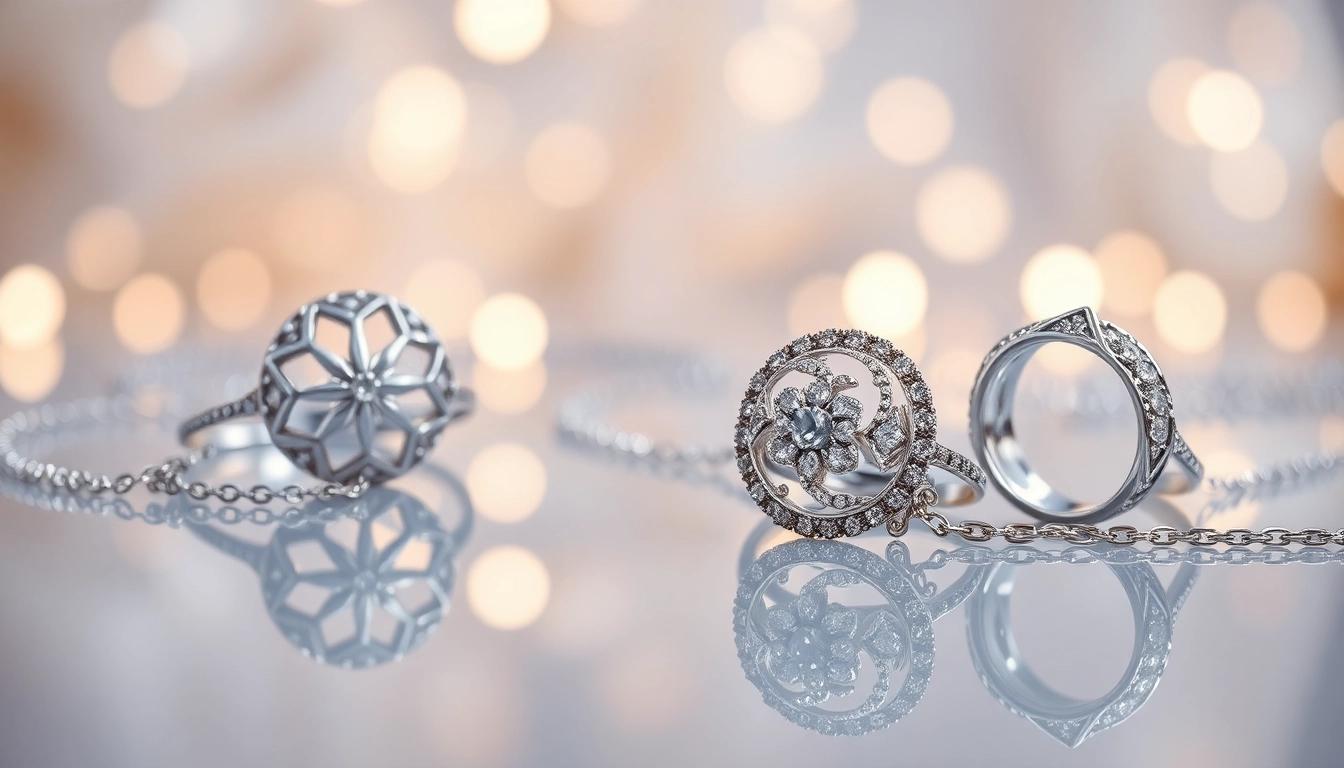
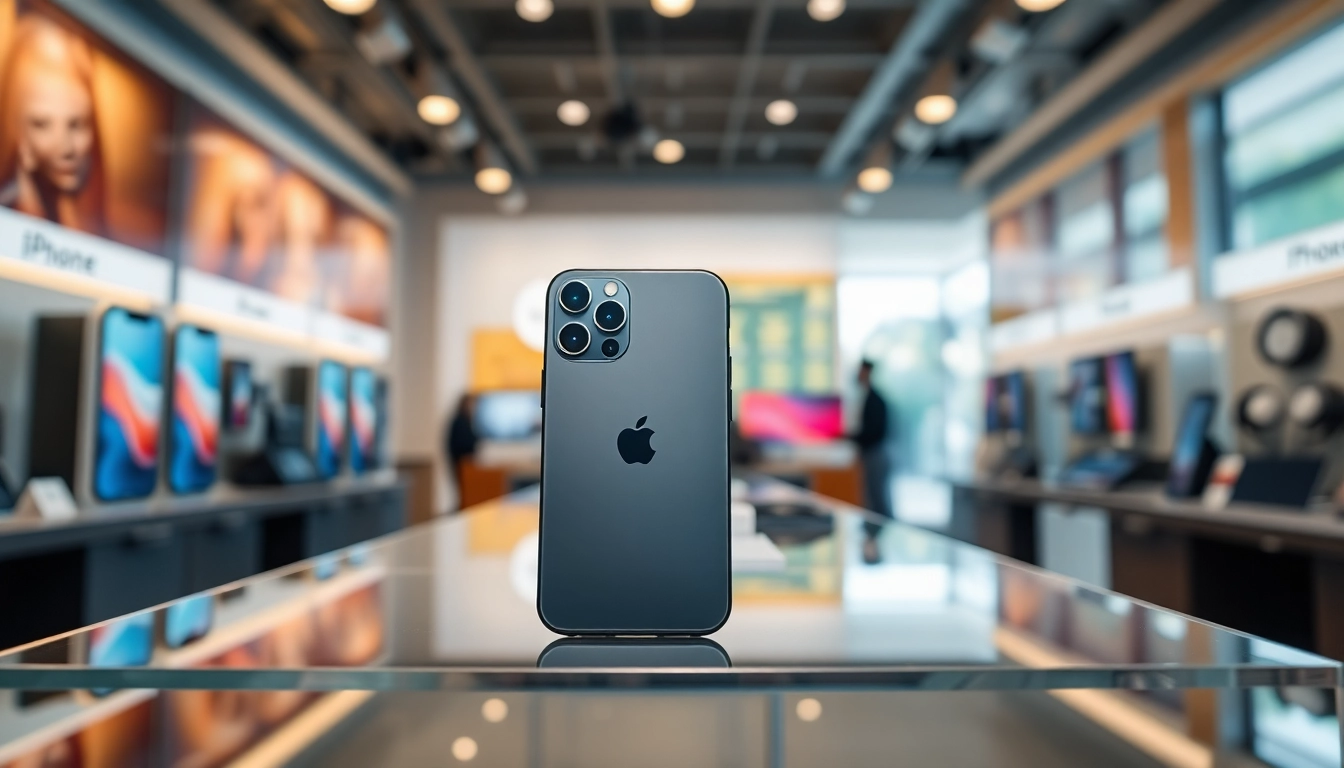

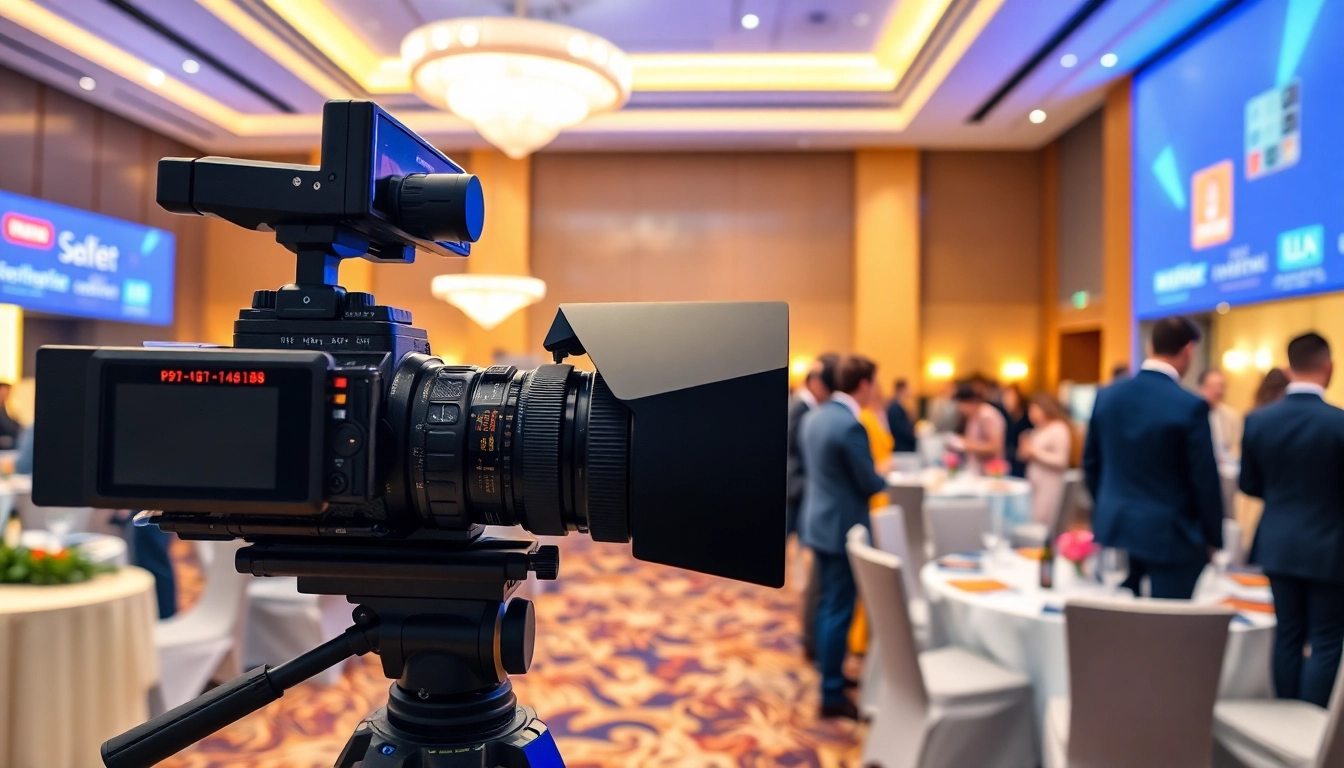

Leave a Reply